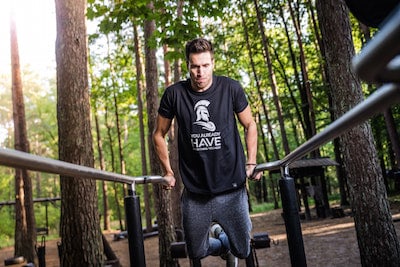
Sports Care
Dr Brenden Brown, sports podiatrist from Sydney-based A Step Ahead Foot + Ankle Care, says, “Cold muscle is less pliable which means it has to work harder to accommodate a given load and will be more resistant to sudden stretch. Less pliable muscle tissue is also more susceptible to overuse injuries so never underestimate the importance of warming up (correctly!).”
He provides 4 steps to a successful warm up

4 hacks for a successful warm up
#1 Set aside adequate time
Warming up prepares the body for sport by improving blood flow to the different areas, increasing the muscle temperature and making muscles more pliable. The result – less likelihood of injury!
“The warm-up routine needn’t take half an hour, but it should take a good 10-15 minutes,” says Dr Brenden.

#2 WALK, before you run!
All too often players arrive at their sports training session and the coach shouts, “Right, go for a run”. This is way too much sudden change for the muscles.
No matter what sport or activity, players can begin their warm-up by walking.
Dr Brenden advocates the ‘Two footy fields or eight netball courts’ approach to warming up…
- Start slowly walking around the outside of 2 footy fields, end-to-end or side-to-side. For court sports, this equates to approximately 8 laps of the court!
- As you walk further SLOWLY pick up the pace. “NEVER get to a run!”
- You will do 2 complete laps of the 2 fields or 8 laps of the courts.
- NOW you are ready to look at further warm up exercises and maybe that coach’s run!
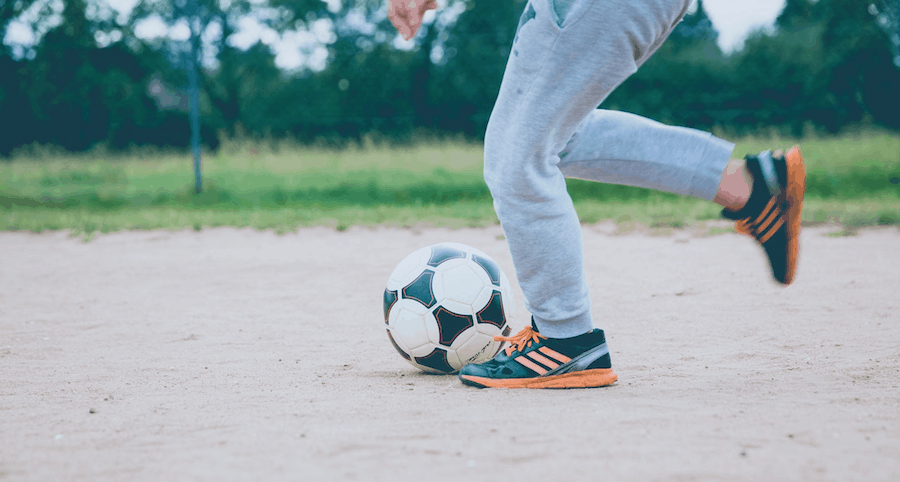
#3 Perform activity-specific warm ups and training
Let’s take netball as an example, there’s little point in netballers shooting hoops and running straight up and down the court in their warm-up and training sessions. It’s far better to do side-to-side jumps, high jumps and lands, as well as cutting movements. This is much more specific to what they’ll likely to be doing on the court and will help ensure the appropriate muscles are warmed up.
Same goes for footy, rugby or any other sport for that matter; make sure the warm up exercises you perform are relevant to what you’ll be doing on the field or pitch.
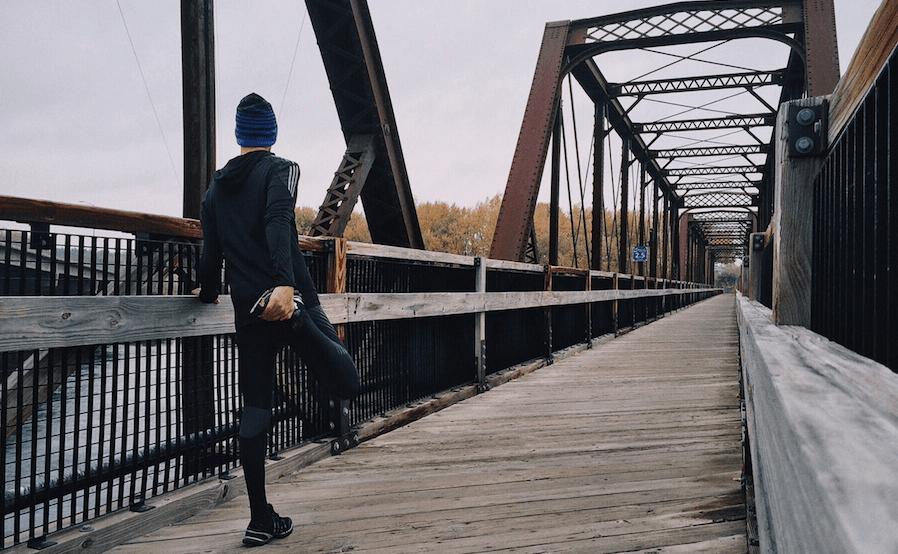
#4 Should you really stretch before sport?
This is an important question, particularly as when you stretch out a muscle and hold it there (static stretching) you can push the tissue past where it needs to go, which could do more harm than good!
According to the experts, stretching is NOT PROVEN to help prevent injury, curb muscle soreness after exercise or improve your performance.
In his paper ‘Does stretching improve performance? A systematic and critical review of the literature’1 sports medicine physician Ian Shrier writes, “An acute bout of stretching does not improve force or jump height, and the results for running speed are contradictory. Regular stretching improves force, jump height, and speed, although there is no evidence that it improves running economy.”
Another article2 states: “Static stretching before exercise can weaken performance, such as sprint speed, in studies. The most likely reason is that holding the stretch tires out your muscles.”
It goes on to say, “you should warm up by doing dynamic stretches, which are like your workout but at a lower intensity.”
Dr Brenden explains, “Dynamic stretches differ from the norm in that they stretch the body fluidly through an entire range of motions. Instead of holding the muscle in a stationary stretched-out position, you move gradually through the movement. This also allows you to make the stretching movement more specific to the sport you’ll be playing.”
Related:
4 hacks for staying injury free this winter sports season
Warming up for sport—why bother?
Sources:
-
https://www.ncbi.nlm.nih.gov/pubmed/15377965
-
https://www.webmd.com/fitness-exercise/features/how-to-stretch#1

Blog, Sports Care

4 hacks for staying injury free this winter sports season
Regular physical activity is an essential part of living a healthy life and yet a sports injury can see you on the sideline (and in agony) for months.
Sports podiatrist and founder of A Step Ahead Foot + Ankle Care Dr Brenden Brown says there are several strategies you can take to help stay injury free during sports season.
“Grief associated with injury, particularly for children with pain related to Osgood–Schlatter and Sever’s Disease, could be greatly reduced with a few simple practices.
“We see many people significantly reduce the intensity of their discomfort and injury once they start implementing the following 4 hacks for staying injury free.”
Dr Brenden’s top tips for warding off injury
1. Focus on warming up. “WALK, before you run!”
Many kids arrive at their sports training session and their coach says, “Right, go for a run”. This is way too much sudden change for the muscles (this rings true for both adults and children).
Br Brenden advocates the ‘Two footy fields or eight netball courts’ approach…
- Start slowly walking around the outside of 2 footy fields, end-to-end or side-to-side. For court sports, this equates to approximately 8 laps of the court!
- As you walk further SLOWLY pick up the pace. “NEVER get to a run!”
- You will do 2 complete laps of the 2 fields or 8 laps of the courts.
- NOW you are ready to look at further warm up exercises and maybe that coach’s run!
2. Make sure you wear the right footwear for the activity you’re doing. Sounds simple, but the wrong footwear can result in serious damage.
“Choose the shoes that have been specifically designed for YOUR sport. This means wearing netball shoes for netball not cool minimalist runners with uber trendy logos worn by athletes from an entirely different sport!” says Dr Brenden.
3. Take a long-term approach. Yes, you can cram the night before a big exam but we all know it’s the long-term work you put in that really gets the results.
This means doing regular muscular work in order to build muscular strength for the activity you’re participating in. Doing regular muscle work over a long period of time is much more likely to stop you getting an injury, than warm ups alone.
“Don’t get me wrong; warm ups are important – but we know that to stay injury free, being strong in your activity is going to greatly reduce the likelihood of injury and so building muscular strength is key.
“For example, if you’re a netball player, glute strength is vital to reduce ankle sprains. Soccer and rugby players will benefit from working on their quad strength, while runners should focus on their sprint ability,” advises Dr Brenden.
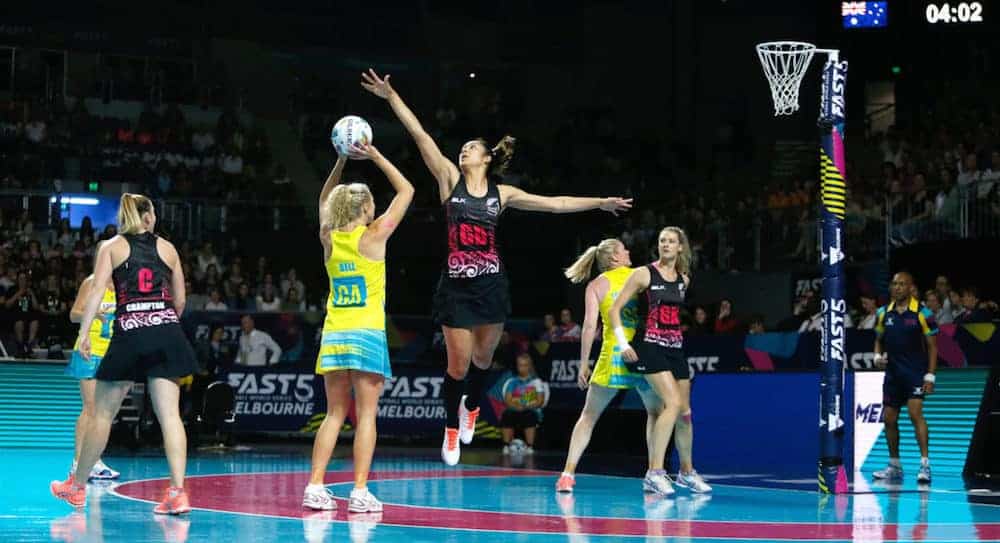
4. Perform activity-specific warm ups and training. I often see netballers shooting hoops and running straight up and down the court in their warm-up and training sessions, but it’s far better to do side-to-side jumps, high jumps and lands, as well as cutting movements. This is much more specific to what they’ll likely to be doing on the court.
If you think about it, there are only two goal shooters on each team; if training involves the entire team standing around the netball hoop trying to shoot goals, everyone, apart from the two goal shooters, is wasting their time.
Related articles:
Warming up for sports — why bother?
Winter sports’ greatest enemy….ankle sprain
Your guide to choosing the right football boot
Your guide to choosing the best netball shoe
A Step Ahead Foot + Ankle Care is one of Sydney’s leading foot and ankle clinics. Principal podiatrist and founder of A Step Ahead Dr Brenden Brown (AKA Dr Foot) has been taking care of people’s feet for more than 20 years.
With a background in sports medicine and having served as a former president of the Australasian Podiatry Council, Brenden is a wealth of information when it comes to foot and ankle care.
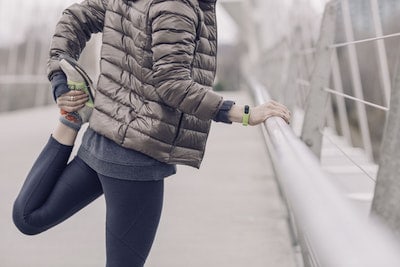
Blog, Sports Care
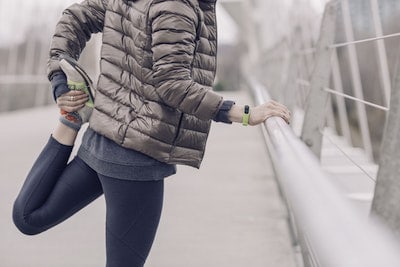
Warming up for sports—why bother?
“Warm-ups have the ability to help prepare the muscles for activity. However, what’s changed is that we now question many ‘traditional’ warm-up methods; evidence suggests that static stretching probably shouldn’t be part of most people’s warm up routine,” says founder of A Step Ahead Foot + Ankle Care Dr Brenden Brown.
“The days of a few quick hamstring stretches followed by a run around the field are long gone. Modern warm-ups are more cleverly designed; they need to be more specific to the sport we’re playing or the activity we’re embarking on.”

The benefits of warm-ups
“Preparing the body for participation in sports by warming up, will enhance the maximal performance and reduce the risk of injury! This is a sentence I often find myself repeating over and over again to my young patients,” says Dr Brenden.
“The Netball World Cup was a great example of how warming up is directly linked to injury prevention and optimum performance. The public was able to see first hand the amount of time the best teams in the world spend on warming up before games.
“Warming up improves blood flow to the heart, increases the muscle temperature and makes muscles more pliable.
“Cold or less pliable or elastic muscle works harder to accommodate a given load and will be more resistant to sudden stretch. Less pliable muscle tissue is also more susceptible to overuse injuries.
“No matter what the sport or activity is, players can begin their warm-up by walking a couple of laps of the soccer field or court. Increase the pace on the second lap to turn it in to a brisk walk but don’t jog or run.
“As you walk you’re infusing the tissue and muscles with blood to gently warm up the body. At the end of a gentle warm-up your muscles are ready to be used.”
The ‘right’ kind of netball warm-up
“I continue to see kids doing two types of warm-ups. They either run from one end of the netball court to the other and that’s it or they go back to the classic—are dare I say outdated—routine involving calf stretches, hamstring stretches, touching toes and throwing the ball into the hoop.
“If we take netball as an example, the warm-ups need to be specific to the sport. Most netballers need to be doing lots of side-to-side movements, twists, turning and cutting movements.
“This might include doing the grapevine across the court, side-to-side stepping, moving up to side-to-side hoping and jumping. Standing still, pointing the toe and rotating the ankle is also useful as part of a warm-up.
“The warm-up routine needn’t take half an hour but it should take approximately 10-15 minutes.”

To stretch or not to stretch—this is the question!
Dr Brenden explains, “By stretching out a muscle and holding it there (static stretching) we’re pushing the tissue past where it needs to go, which could do more harm than good.
“This type of stretching is also not sports specific. However, stretching doesn’t always mean stretching out a muscle and holding it there.
“Dynamic stretches differ from the norm in that they stretch the body through movement. So instead of holding the muscle in a static stretched-out position, you move gradually through the movement.
“At best, I’d call this a light stretch. There should be no risk of over-stretching the muscles.”
8 reasons to warm up
- Increases range of movement
- Warms up muscles in prepares for activity
- Increases fluid production to lubricate joints
- Triggers the neural pathways between your brain and your muscles
- Improves reaction and response time
- Reduces risk of injury
- Potential to improve performance
- Helps improve recovery time
Related articles:
Winter sports’ greatest enemy….ankle sprain
Your guide to rock-solid ankle stability
A Step Ahead Foot + Ankle Care is one of Sydney’s leading foot and ankle clinics. Principal podiatrist and founder of A Step Ahead Dr Brenden Brown (AKA Dr Foot) has been taking care of people’s feet for more than 20 years.
With a background in sports medicine and having served as a former president of the Australasian Podiatry Council, Brenden is a wealth of information when it comes to foot and ankle care.
















 Dr Brenden’s White paper report on the “6 Reasons You Won’t Beat Heal Pain” outlines what’s stopping you from beating this and tips on how to stop it in its tracks!
Dr Brenden’s White paper report on the “6 Reasons You Won’t Beat Heal Pain” outlines what’s stopping you from beating this and tips on how to stop it in its tracks!